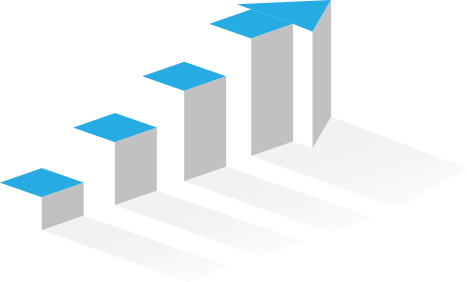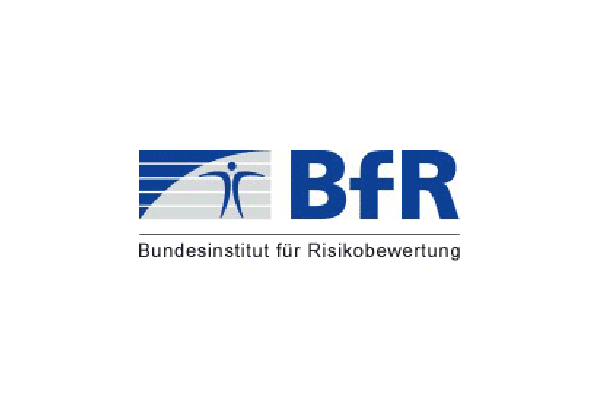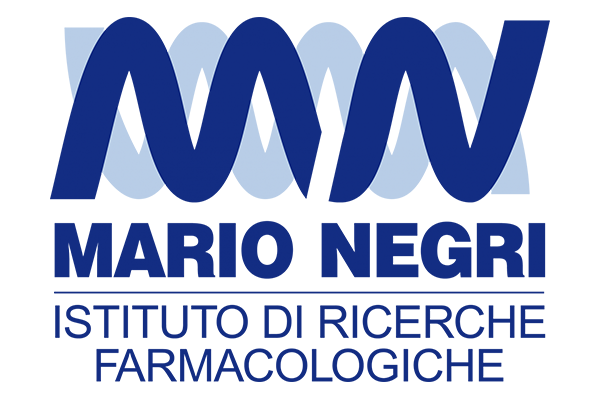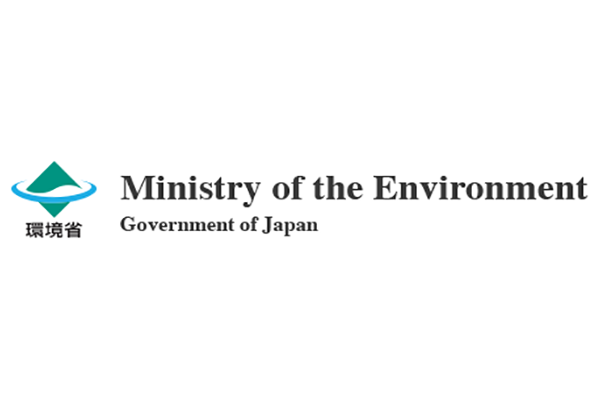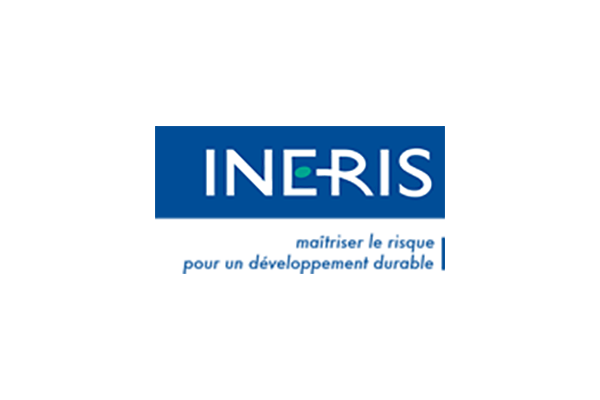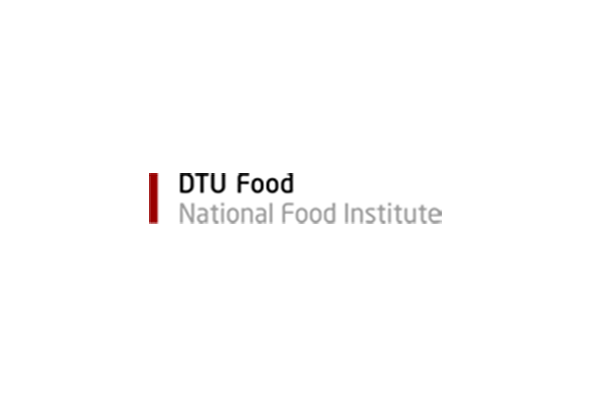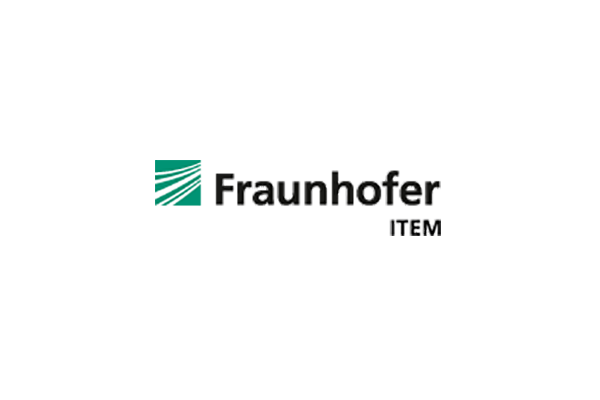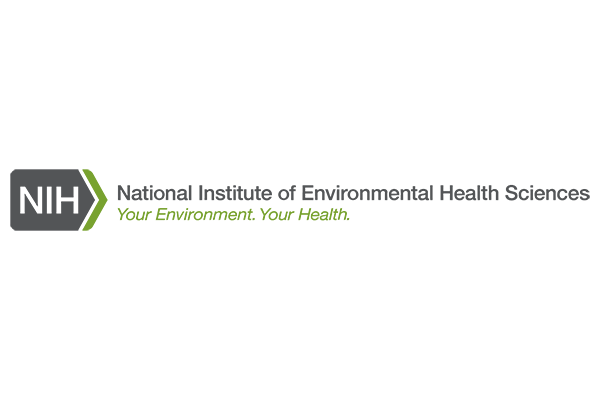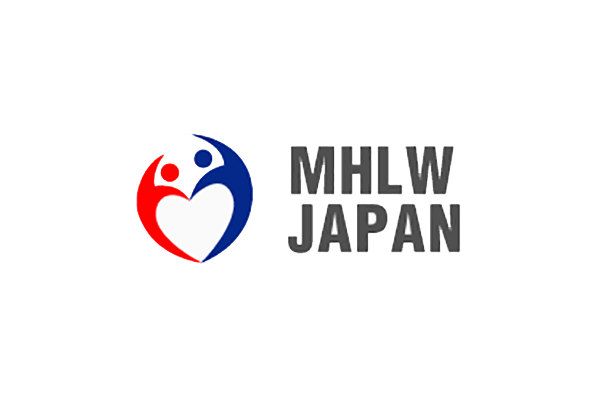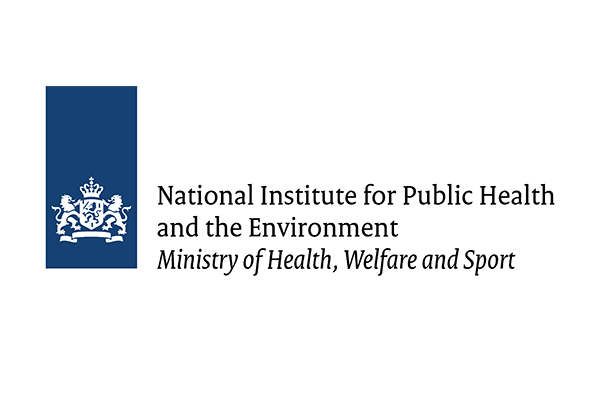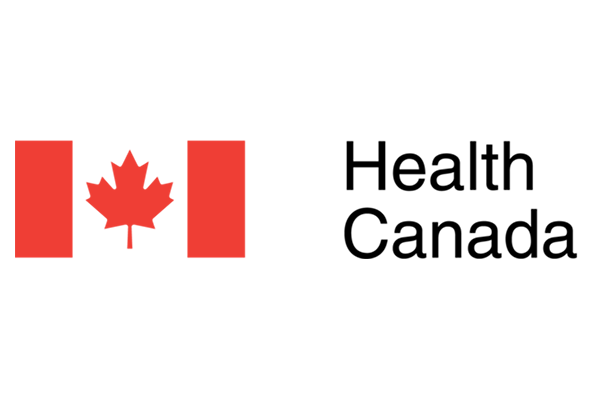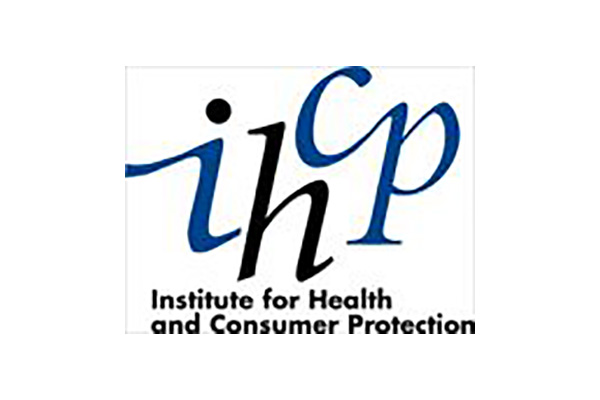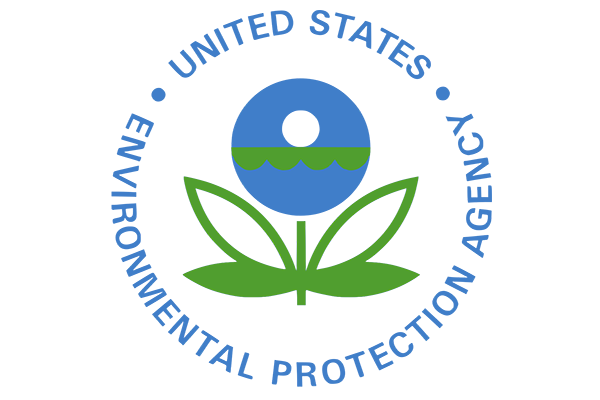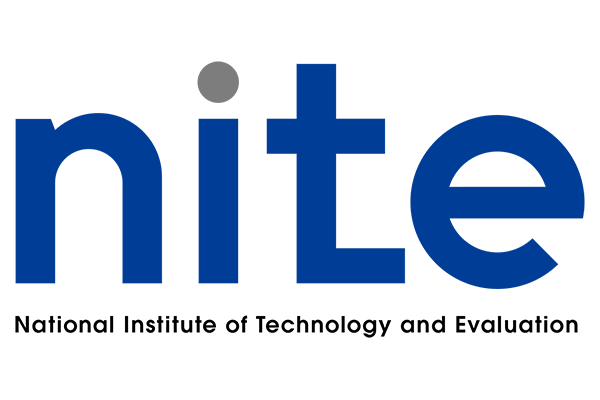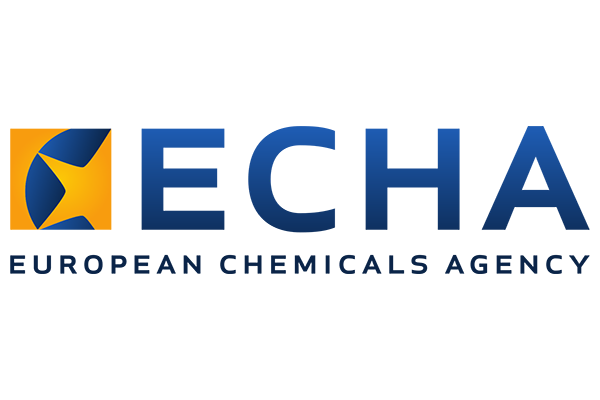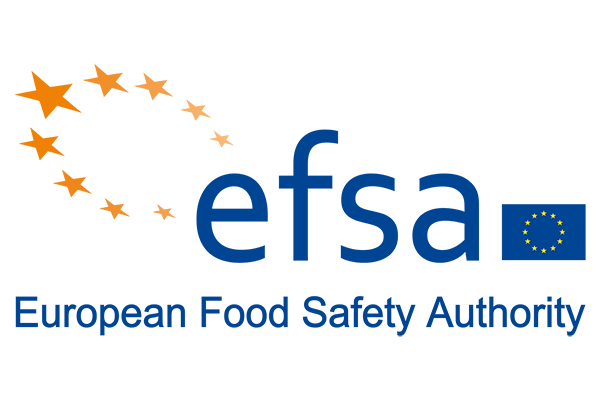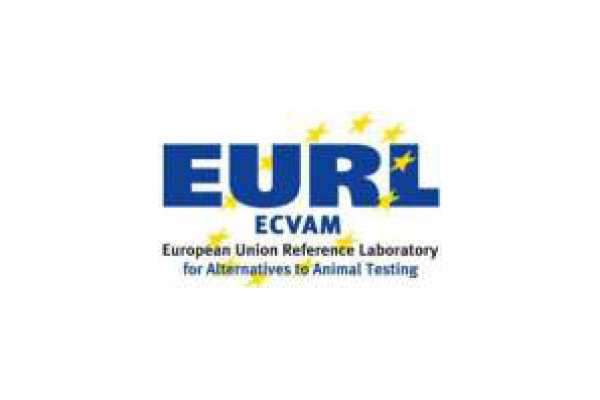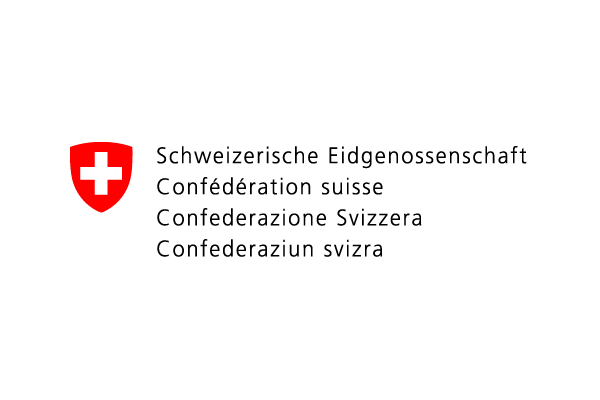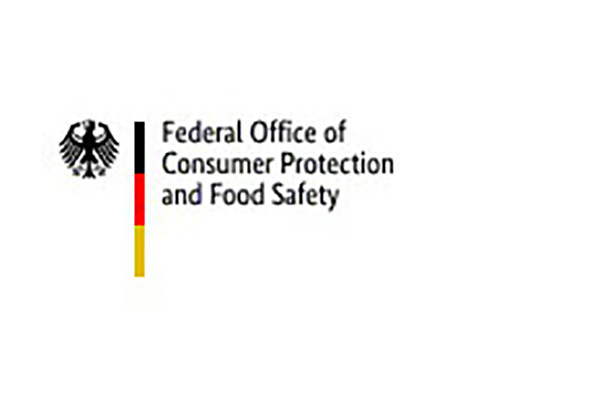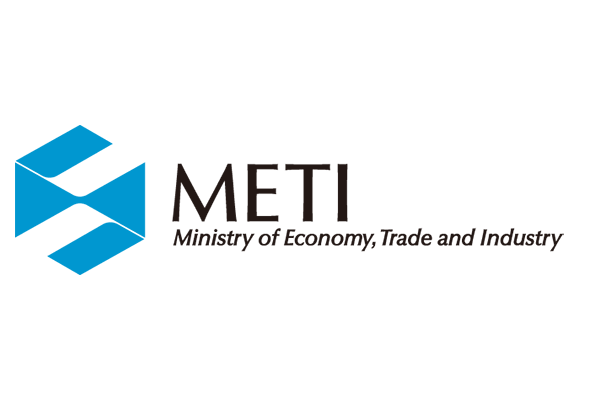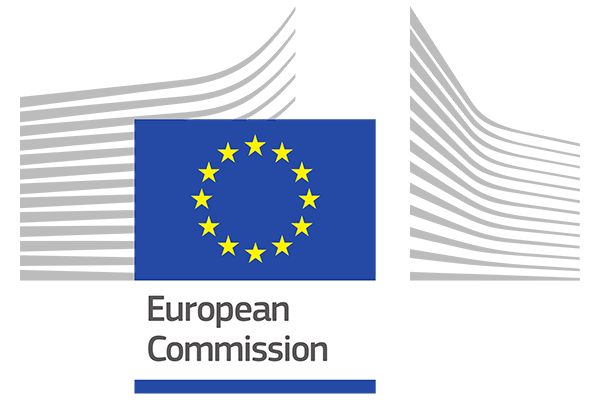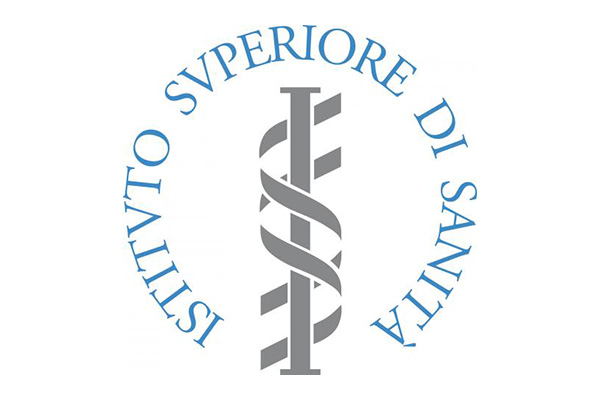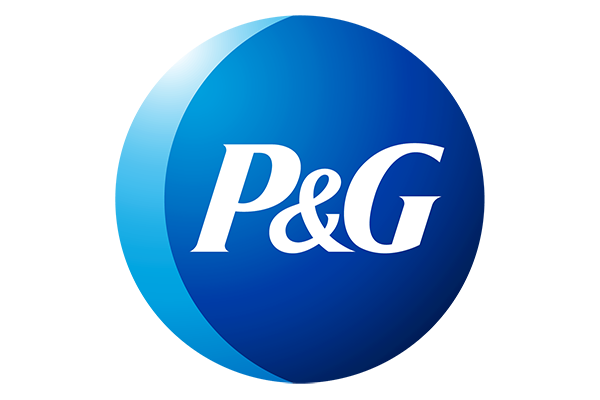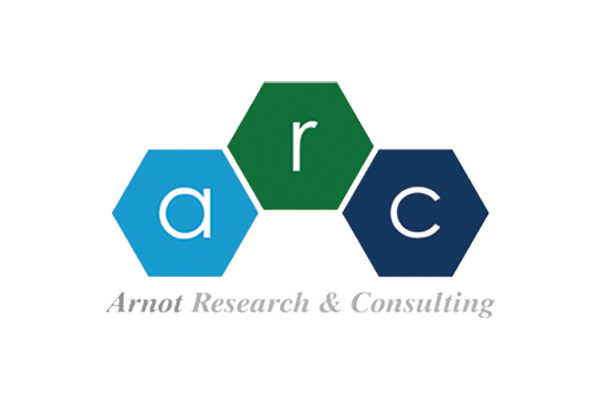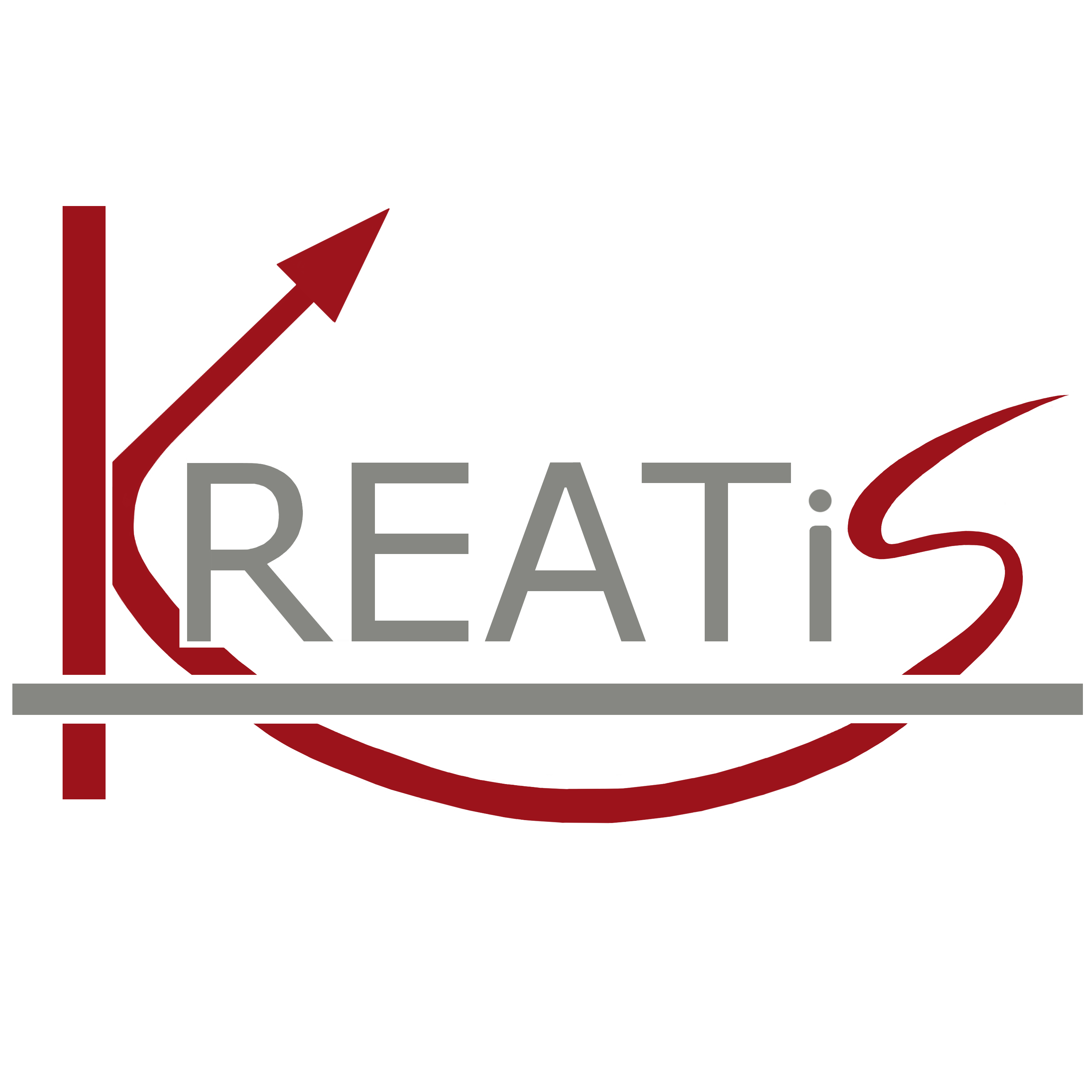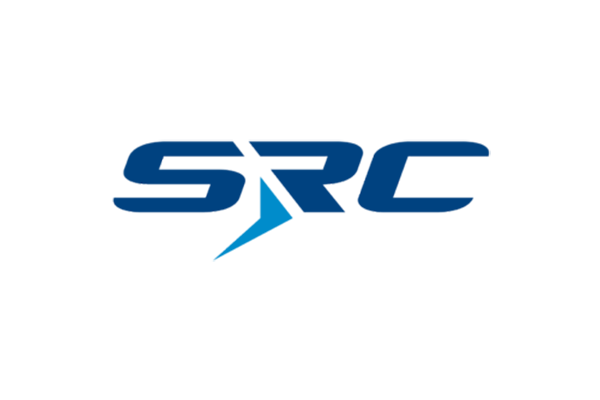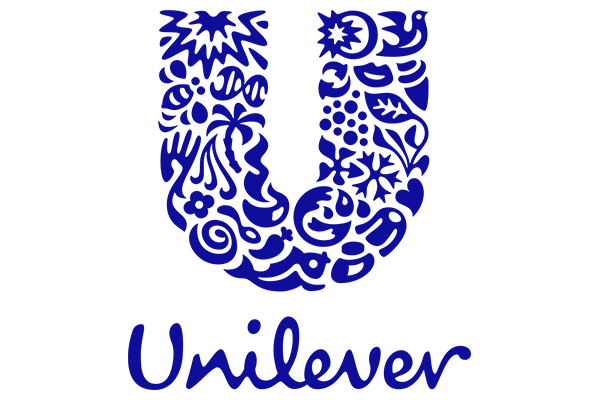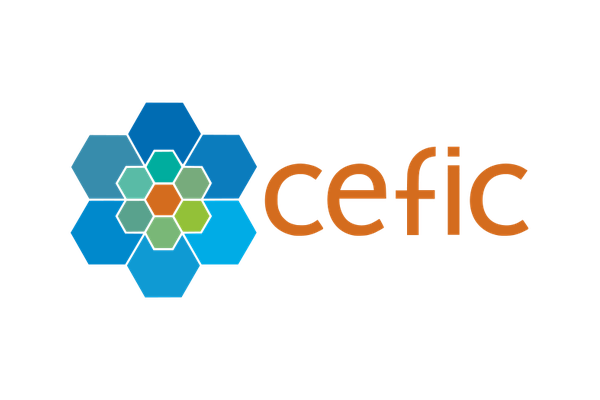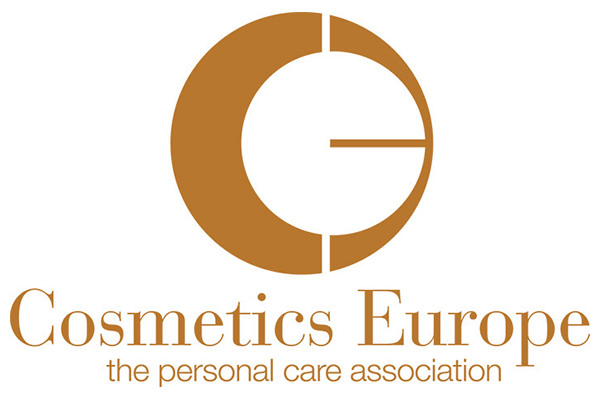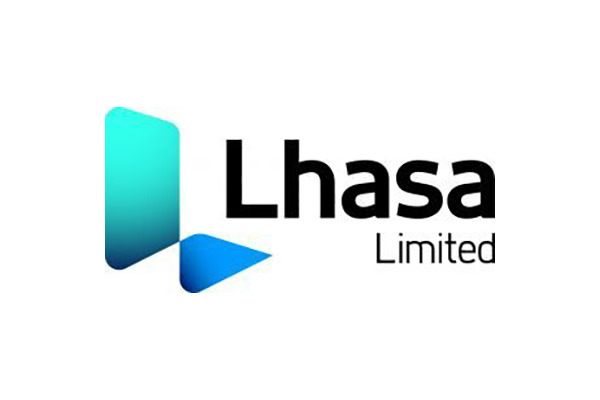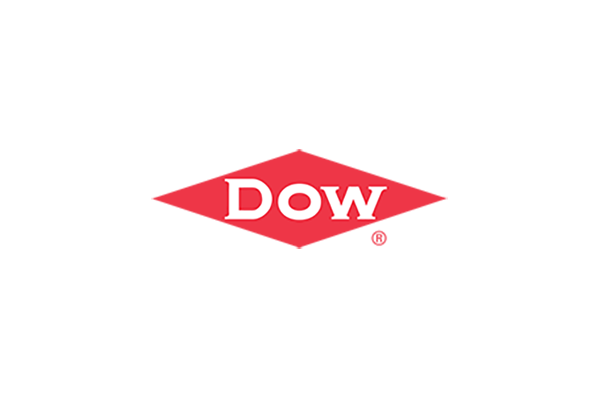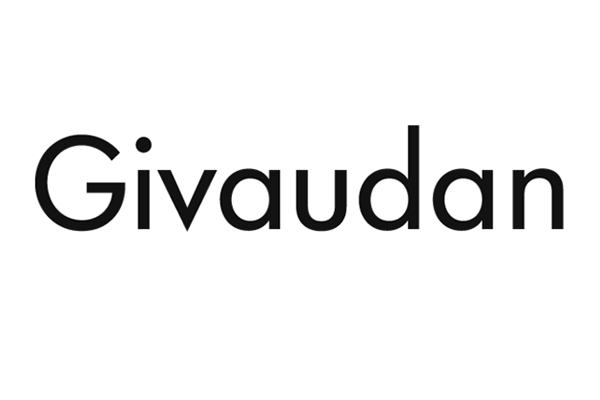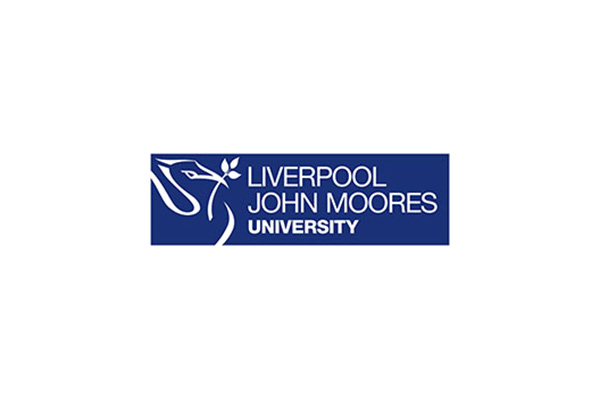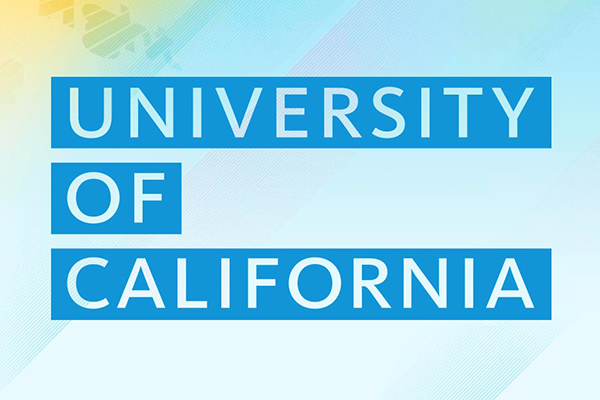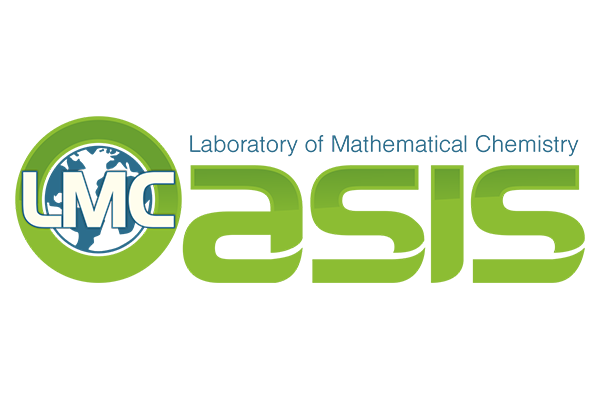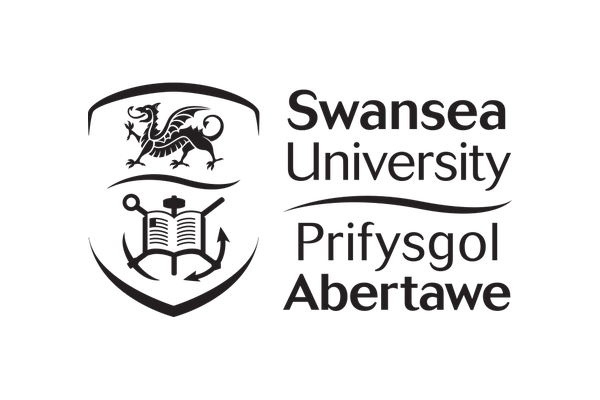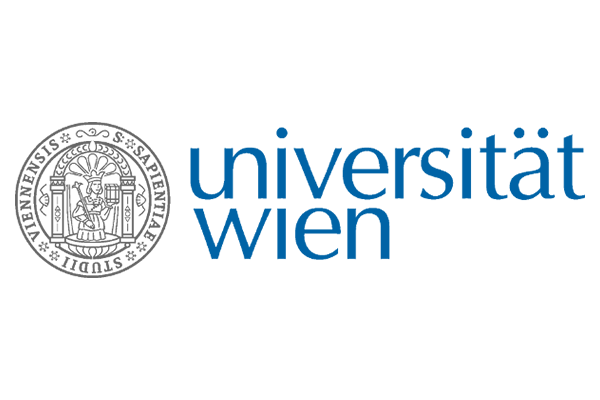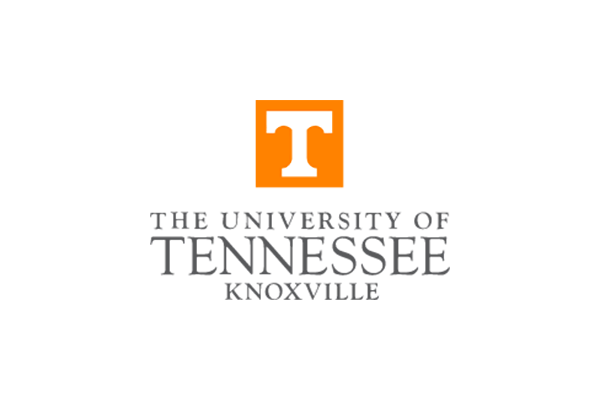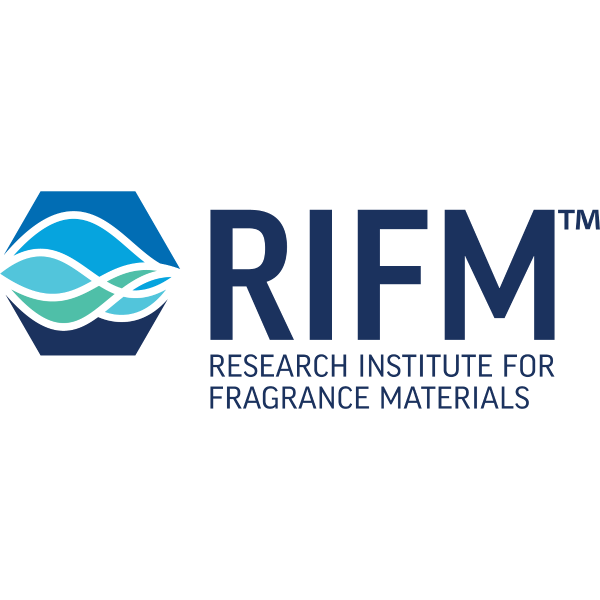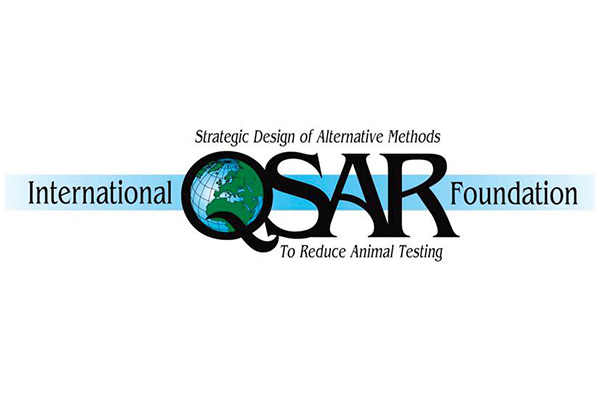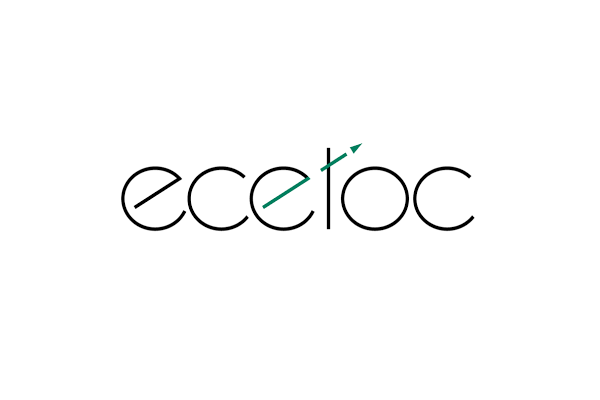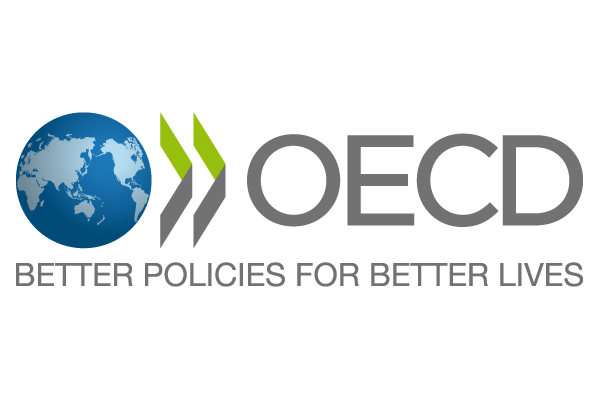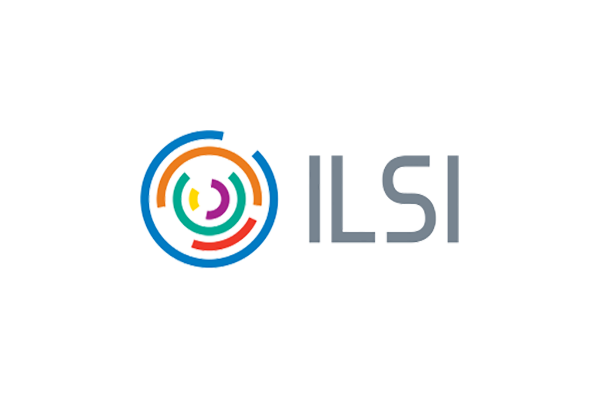Goal
The OECD QSAR Toolbox is a software designed to support hazard assessment of chemicals as well as to increase mechanistic and other knowledge on chemical substances in a cost-efficient way. As a freely available computational tool, it promotes the use of assessment methods alternative to animals and minimizes unnecessary animal testing without reducing the safety of human health and environment. It is intended to be used by governments, chemical industry and other stakeholders.
At a glance, computational tools reduce the use of animals in laboratory tests, reduce the cost for testing and increase the number of chemicals which are assessed for their effects upon human health and the environment. The toxicity of substances can be predicted even before they are produced, facilitating sustainable product development and green chemistry.
The functionalities of the OECD QSAR Toolbox serve users with sufficient understanding of (eco)toxicology as a decision support system for hazard assessment:
- Prevent duplication of animal tests. When existing high quality data are found, there is no need to duplicate the test.
- Intelligent testing strategies. By forming categories and identifying data gaps, informed testing strategies can be designed to optimize costs and number of animals required.
- Predict toxicity using a category approach. The Toolbox results can be used for data-gap filling and as supporting evidence for read-across cases.
- Sustainable development and green chemistry. The toxicity of substances can be predicted even before they are produced, facilitating sustainable product development and green chemistry.
History
Management
The OECD QSAR Toolbox is co-owned by OECD and ECHA. ECHA, OECD and LMC (Toolbox developer) form the QSAR Toolbox Coordination Group. ECHA has the mandate under REACH to promote the use of alternative methods while ensuring the implementation of the regulation. OECD convenes the QSAR Toolbox Management Group which consists of OECD member and partner countries and stakeholders under the Working Party on Hazard Assessment in order to discuss and approve new developments of the QSAR Toolbox.
Developers
The Laboratory of Mathematical Chemistry (LMC) is the primary contractor of the OECD QSAR Toolbox development. LMC was established in 1984 in Burgas, Bulgaria at “Prof. Dr. As. Zlatarov” University. The major activities of LMC are related to SAR and QSAR modelling of ecological (persistence, bioaccumulation, mode of action, acute toxicity, phototoxicity, etc.) and human health endpoints (skin sensitization, genetic toxicity, receptor mediated effects), database building and in silico simulation of metabolism and catabolism. LMC is a leading developer of metabolic simulators for tissue and microbial biotransformations of chemicals for predicting endpoints such as biodegradation, bioaccumulation, genotoxicity, skin sensitization, receptor mediated endpoints, etc.
LMC has a research staff of about 40 scientists experienced in chemistry, physics, mathematics and programming.

